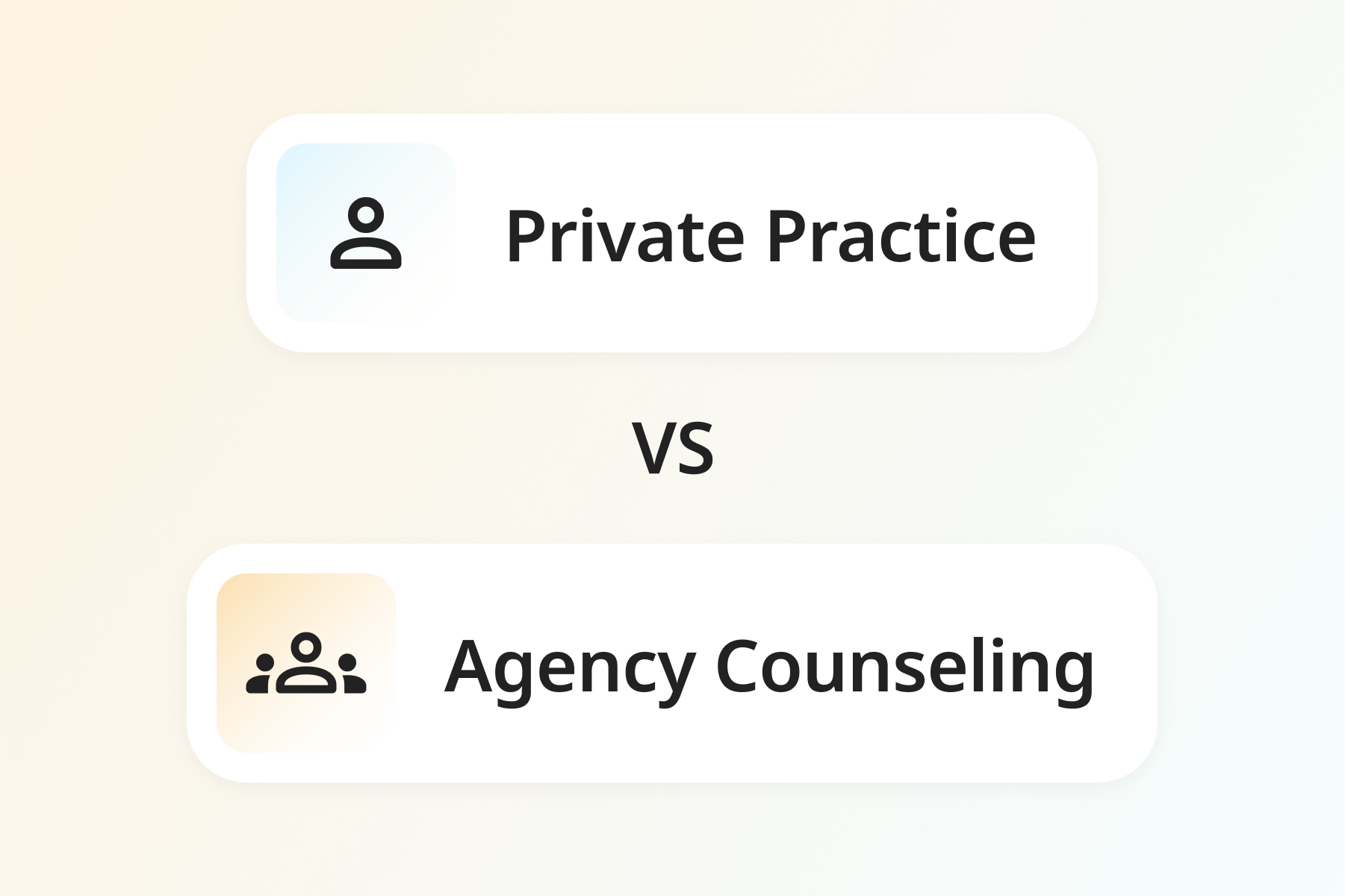Paperwork for New Practices


You’ve just graduated–years of work toward a single goal. You think of the emotional rewards that lie ahead in your profession as a therapist: the sense of genuine connection with clients, the satisfaction of easing pain and distress, the heightened respect of colleagues, family, and friends.
But one thought towers above them all: “I can’t WAIT to start filling out paperwork!”
Sound familiar? I hope not.
Paperwork is the necessary evil of modern healthcare. After completing your thesis or dissertation, you may be phobic at the sight of a keyboard or a pen. Though you can reduce paperwork by avoiding insurance, you can’t eliminate it. Death, taxes, and paperwork all seem to be unavoidable, so let’s take a look at what is to come.
Forms You'll Need to Start Your Private Practice
First, the forms. At a minimum, you will need to create:
- A consent to treatment form
- A form explaining HIPAA rules and limitations
- A release of information form
- A biographical information form
- A client information form
- An office policies form
There is good news about all of these documents: you don’t need to reinvent the wheel! A good practice management software like TherapyAppointment, for example, provides free templates for most of these that you can modify (as needed) to fit local laws and your business circumstances.
Most of these can be submitted by clients digitally. For example, clients can fill in the personal information form (with contact and insurance information) and the biographical information form (personal history) online, obviating the need to copy this information into the system from paper. Forms that need an e-signature, like the consent to treatment form, can be e-signed online, then automatically filed in the client’s digital chart without ever having existed on paper.
This is a tremendous simplification for you, and saves the life of a few trees, as well.
Though forms may be a pain while you create or edit them, this is a one-time hassle.
Client Encounters and Charting
By far the most common paperwork is charting client encounters, like initial evaluations, appointments, and phone calls. (Again, this “paperwork” can be completed online within a good practice management software, like TherapyAppointment), either between sessions or at the end of your day.
Some caveats about charting:
- Consider the tradeoff of using “checkbox” style charting versus more traditional verbal attestation. Though ticking boxes to chart is much faster, it does not help to jog your memory as you review prior notes to prepare for today’s session.
- Remember that HIPAA allows you to keep two sets of notes: “chart notes” and “psychotherapy notes.” The dividing line between these two records is a fuzzy one, but remember that psychotherapy notes can be kept more private, and needn’t be as carefully worded. Many therapists keep somewhat vague “chart notes” and rely on the “psychotherapy notes” to jog their memory.
- For initial evaluations, try your best to jot down relevant facts right after the session, rather than waiting until the end of your day. On days when I’ve had more than one new client in a day, I’ve been horrified to discover that I couldn’t remember who said what hours later.
Insurance Paperwork You'll Need To Tackle
I’ve saved the worst news for last. If you plan to bill insurance for your services, you will most likely want to apply for membership on several insurance panels.
The good news is that most companies now accept a standardized application, the CAQH Universal Credentialing Datasource. You fill this out once, online, and then give permission for each individual insurance company to access the information.
The bad news is: this form is a nightmare, and a long nightmare at that. Here are some of the items:
- Write down everything you have said, thought, or heard in your entire life
- Include certified copies of each of your grade school report cards
- Include a blood sample from your great grandmother
I’m kidding, of course…but not by much. Though there are services you can hire that will assist you with completing this form, much of the legwork will still be left to you.
It is an elephant that you can eat one bite at a time. If you want to get started on the big meal, visit the CAQH Universal website for more information.
.jpeg)

.jpg)

